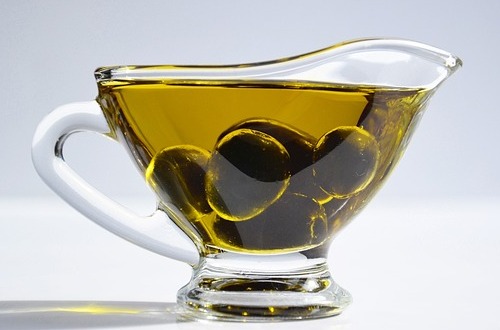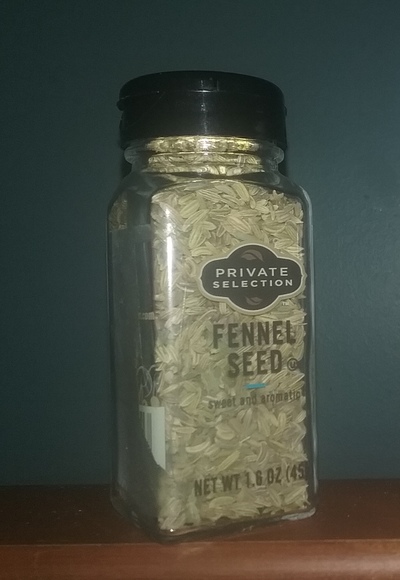Primarily Phytoprogestins
This is about botanicals which contain phytoprogestins, with neglible to no phytoestrogens. These herbs/foods are important to herb schedules. They may contain some lignans which are antagonists for ERα (Estrogen Receptor Alpha) or ERβ (Estrogen Receptor Beta), but these lignan properties are secondary to their primarily progestin properties.
Herbs/Foods

Some have their own entries with more details.
Primarily Phytoprogestins
- Olive (Olea) - unrefined oil
- Wild Yam (Dioscorea) - powdered, including capsule, or tea form
- Walnut (Juglans) - may need to be steamed/boiled to reduce potential allergens
- Palm (Palmae) - fruits: Coconut (Cocos), Saw palmetto (Serenoa); however, not all palm fruits from different genus
Mainly Phytoprogestins w/ nonsteroidal hormone effects

- Fennel (Foeniculum) - contains other phytochemicals which increase FSH
Avoid fennel if you've had a history of hormonal imbalance. Also, if using fennel, use 1 seed at a time with more than 1/4 tsp or 500mg of another primarily progestin. Also, be careful that fennel can easily be mistaken for toxic plants.
Use
Primarily phytoprogestins can be used interchangably, when there's no swelling throughout nonmenses. These primarily phytoprogestins can also be used when estrogenic signs increase. Estrogenic signs include: headache, cramps, elongated breasts, cool uppper body, cool lower body and negative mood. An absolute minimum amount of primarily progestin can be used once at a time when there's both swelling and estrogenic symptoms. This is with the exception of fennel.
A minimal amount of these mainly progestins can likely be used at the beginning of menses only once, as long as there's no swelling and no brown spotting. When there's brown spotting or swelling during menses, the body more than often already has enough progestin for each phase.
Unrefined olive oil is a good and easily available additive to other primarily phytoprogestins.
Use primarily-phytoprogestins when applicable with the menses, nonmenses, proliferative and/or luteal herb schedules under programs.
Precautions
Concerns about fennel are in the section about fennel: limiting use, avoiding in case of past hormone imbalances, identifying herb properly. However, fennel is safer for reproductive health than other herbs which raise FSH, because of its progestin constituents.
See precautions for more details of care to be taken with herb use. Proper nutrition is a consideration for health. Also, check for the latest blog updates about herb and hormone safety.
It is very important that menses be light and not prolonged.
If you have hirsutism, PCOS, hot-flashes, other signs of hormone imbalances, see estrogen-imbalance, and hirsutism program journals at hirusitism-topic before trying herbs.
Herb concentrates can be tens of times more potent by weight than herbs in solid form. This can easily lead to hormone imbalances. For this reason, concentrate extracts are not recommended for extended or excessive internal use, especially during fertility years. Concentrates shouldn't be used to overcome plateaus. Another issue with herbal extracts, is that they may not have the full range of properties of the herb. Essential oils are not recommended for breast enhancement. If opting to use herbal extracts, use food grade extracts, with no more than 1 drop at a time diluted in water.
More


For the latest herb programs and how to get started, see: guide. Pictures of breast enhancement can be seen in the program journals of Anon02, Anon08, Anon09, Bubblemelon and Jellie.
For resources on hips and butt enhancement, see: /appendix/hips-butt-enhancement and /appendix/kettlebell.
breast-endocrinology.pdf describes the science of breast development and endocrinology. It also describes symptoms related to hormone imbalances. Biology and hormone imbalances are excerpts from this ebook. breast-endocrinology.pdf uses a Creative Commons (CC BY-ND 4.0) license.
Breast.is blog
References:
Resources:
- For herbs which already have their own page on this website. http://breast.is/herbs/.
